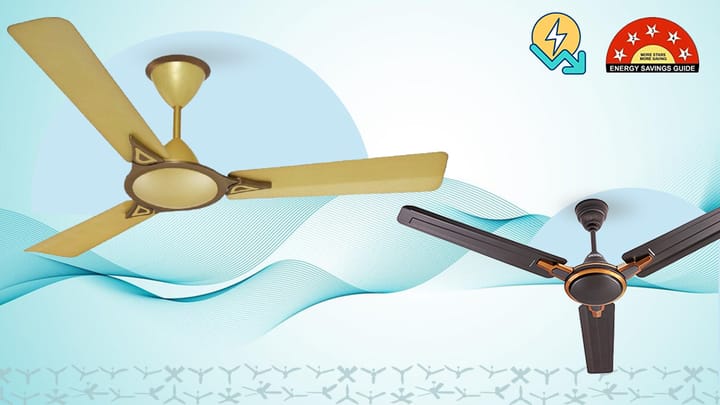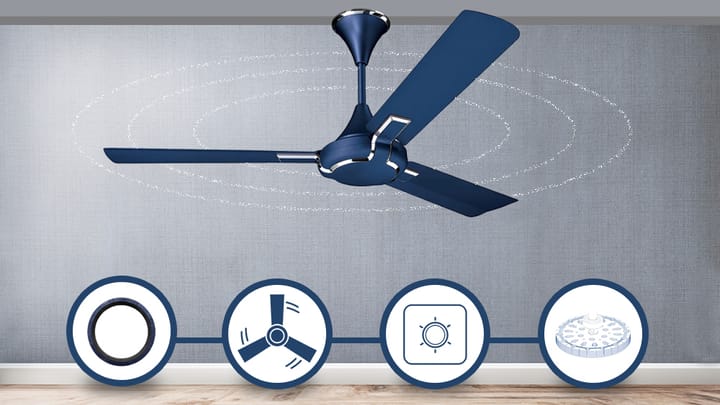External Wind Flow Pattern in Three Dimensional Space

CFD Analysis : Mohit Waldia & Vertika Pandey
Graphics : Arushee Pattnaik
Earth is the beautiful planet which constitute several million species of life and also the abundant resources that it has within. Out of all of them; air, water and sunlight are the three major components without which the life is unimaginable. These natural resources are present across the Globe however these are very rarely consciously utilized to its most. Among many ways in which these resources help us accomplishing our daily goals, they are always an indicator to significantly improvise our life style.
Have you ever imagined why a car or a plane has an aerodynamic shape? Why we or any moving object in the space experience force from air in the opposite direction of our movement? How can we experience the same pleasant feeling of wind blowing across us on standing near any windows of our houses as if we are on the terrace? And, what if we could design & control this as per our requirement? Yes! We are talking about air. And, all these questions can be answered well when we know how air behaves in our atmosphere?
To understand the air behavior in space, Mohit Waldia and Vertika Pandey from team have conducted a study to assist the client to address the challenge on efficiently utilizing airflow in building design. The study conducted by them is called Computational Fluid Dynamics (CFD) where the wind velocity and the wind flow pattern have been precisely analyzed around the residential building envelope to be designed & built at West Punjabi Bagh, New Delhi.
As part of the exercise, a three-dimension model of the five floors building (60 feet in height) has been designed as shown in the figure below. This building has underground basement, which consist of parking spaces and storage rooms. The basement is underground and hence not considered for the assessment.

The basic elements used to assess the wind flow patterns are shown in below figure. From climate analysis; which was done with the help of Climate Consultant software, the team has found that the wind velocity in the area where building is to be built is approx. 2.27 m/s. The windward directions considered are Northwest and SouthEast.


The wind flow patterns are analyzed at different heights and on both horizontal and vertical panes from the ground as shown in below image:

Conclusions from the study

Design Decisions
The assessment has helped in providing adequate ventilation to most of the spaces in the building and reducing heat ingress through building envelope for better thermal comfort of the occupants. Further, based on this analysis, the team has specified the location and size of the operable windows on each wall to optimize wind flow throughout the interior spaces. And, the wind velocity as an input has been used to define dimensions of windows to provide adequate airflow inside the spaces.
The result of internal CFD analysis shall be shared in subsequent article to integrate external ambient conditions; envelope design and internal air flow through natural & mechanical ventilations techniques.



